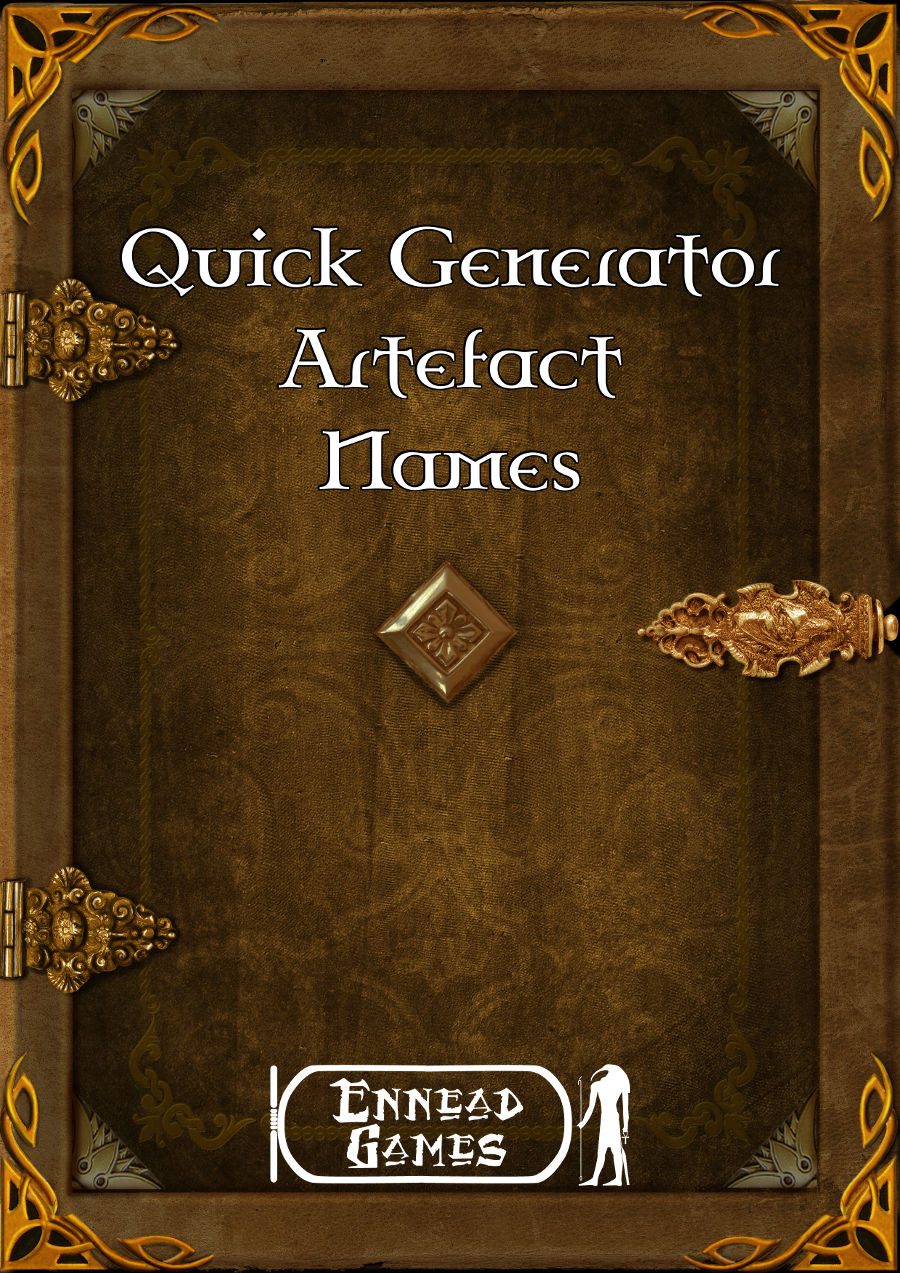
Rules Widgets
Phil Nicholls blogs at Tales of a GM, where he writes about narrative gaming, faster prep and more story. He is currently running a HeroQuest Glorantha campaign in a home-brew setting. Phil has written for Johnn Four’s Roleplaying Tips newsletter and produced a selection of self-published pdfs.
This essay is taken from the archives at Tales of a GM.
http://talesofagm.com/
House Rules, we all have them. I suspect most GMs apply one or more House Rules to their game. My Tales of the Hero Wars campaign is full of House Rules, and I am sure your game is too.
Rules Widget
The Rules Widget is a way of framing a House Rule, in an attempt to approach the process with the right mindset. Effectively, by introducing a House Rule, we become co-Designers of the rules at our table. As a House Rule could have a significant impact on the game, we need to approach the process with care.
The term Widget is drawn from computing, and was suggested to me through my use of WordPress for my blog. Computer Widgets are mini programs that plug into a larger piece of software to perform a specific, narrow function. The parallels with House Rules are very clear.
Widgets in your Game
A Rules Widget may contain one or more House Rules, but these rules should all address the same issue. If you feel the need to alter multiple areas of your main rules, then it helps to produce a separate Rules Widget for each area of concern. Even if you write them all at the same time, it is best to think of them as separate Widgets, as they each address a different issue within the game.
Keeping the following principles in mind when designing and monitoring your Rules Widgets should ensure that your new rules add to your game. A good Rules Widget should have the following features:
- Self-contained
- Specific Function
- System Compatible
- Plug-and-Play
- Enhance the Game
Self-contained
To ensure a House Rule is easy to manage, it should be self-contained. This inherent focus limits any unforeseen consequences. Overlapping House Rules are likely to generate unexpected results, or contradict each other, which can only cause confusion at the table.
Confine House Rules to specific subsystems of the main rules, such as a new initiative system. Tinkering with a tightly defined subsystem ensures a narrow focus to the House Rule and keeps it easy for the GM to manage.
Specific Function
A Rules Widget should have a defined purpose. If you recognise a specific issue with your game, or the way that you are running the game, then this is a good time to create a targeted Rules Widget. While it is possible to instigate a Rules Widget just to make the game more fun, the best Widgets correct established problems.
Likewise, as the Rules Widget only has a narrow focus, it is simple for the GM to review. So long as you know what you are trying to solve, or the effect you want to achieve, then it is easier to design a Widget to bring this to your game. Furthermore, such a Widget would also be easy to monitor during play.
Thus, if you change the way initiative works, and suddenly combats are running a lot smoother, then this clearly shows the impact of the Widget. However, if combats are consistently worse, then the Widget is failing. Return to the original rules, or create a new Widget.
System Compatible
All Rules Widgets work alongside the main rules, and thus need to be compatible with them. Work within the design philosophy of the main rules wherever possible, to ensure the smooth integration of your Widget. Many times, I began designing a rules-heavy subsystem for my rules-light HeroQuest, only to discard them. Do not waste your time like this.
Assuming you want to keep playing your main rules set, then design Widgets accordingly. If you are designing Widgets in the hope of turning Game A into Game B, then maybe you should save yourself a lot of effort and just play Game B.
Plug-and-Play
The best House Rules will be simple to introduce and explain. No Player wants to read more than a paragraph or two of rules text. Keep the House Rules short and to the point.
A sprawling set of House Rules, such as spell points in D&D, is confusing to explain and slows down the game. What you need is a House Rule that can be smoothly introduced and does not interrupt the flow of the game.
Enhance the Game
Finally, a Widget needs to add to the game. Ideally, the Widget should solve a perceived problem, or perhaps fix an omission in the rules. All groups work a little differently, or have unique demands or expectations. A good set of Rules Widgets can tailor an off-the-peg set of rules into something bespoke for your group.
But, if a Widget is disrupting play, then it needs to be discarded, or at least redesigned. Sometimes this can be a difficult assessment to make, if you love your shiny new Widget, but the Players are finding it tedious or unfair. The game needs to be fun for everyone, so try to stay unbiased when considering the impact of a new Widget.
Widgets at the Table
I have applied multiple Rules Widgets in my Tales of the Hero Wars campaign. Much as I love HeroQuest, I still found the need to tinker with areas of the rules. Initiative, experience points, narrative techniques and more all have Rules Widgets applied. Yet, by following the principles outlined above, I believe my game has been enhanced.
What is your favourite Rules Widget? Have you had any major failures with your House Rules? How happy are your Players to have new rules added in the middle of a story arc? Share your thoughts with your fellow GMs in the comments below.
Happy Gaming
Phil
For more essays from Phil, and updates about his latest campaign, visit Tales of a GM.
http://talesofagm.com/




One thought on “[Tales of a GM] – Rules Widgets”
Comments are closed.